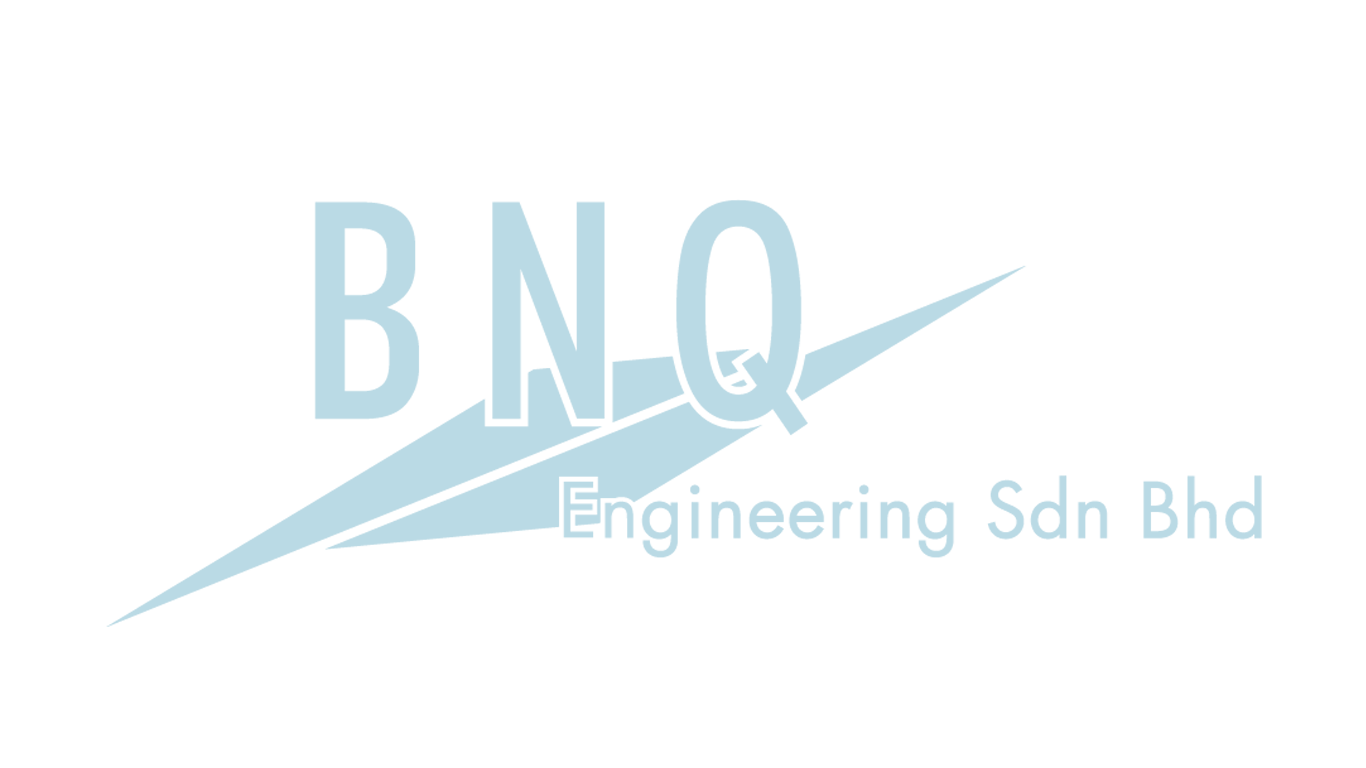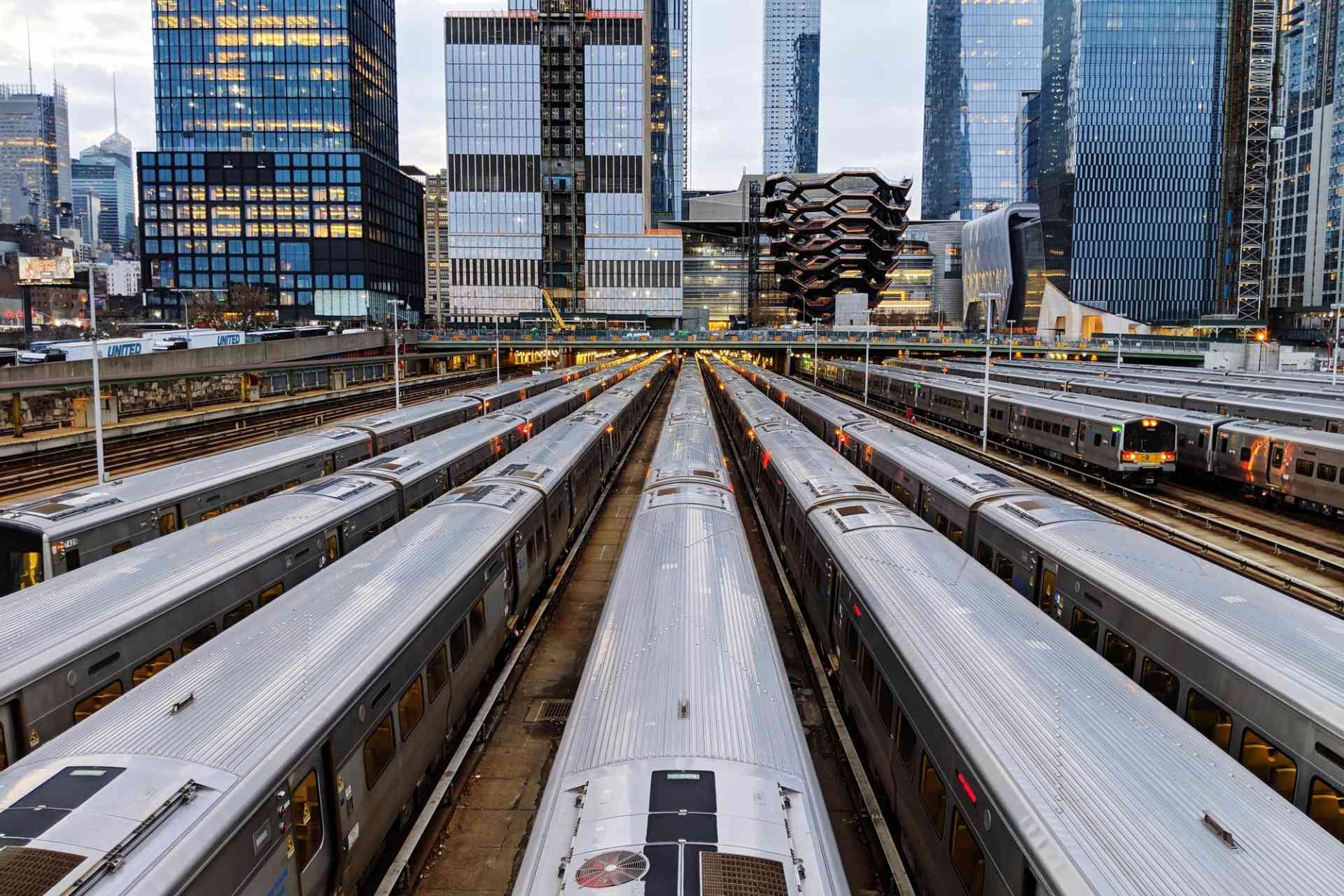Urban infrastructure planning is essential for developing cities that are sustainable, resilient, and capable of meeting the needs of their growing populations. However, the process is fraught with challenges and opportunities that require innovative solutions and strategic thinking. This article explores the complexities involved in urban infrastructure planning, including transportation, utilities, and smart city initiatives, and how these challenges can be addressed to create thriving urban environments.
Managing urban growth
One of the most significant challenges in urban infrastructure planning is managing the rapid growth of cities. As populations increase, cities must expand their infrastructure to accommodate more residents while maintaining quality of life. This requires strategic planning to ensure that new developments are sustainable and well-integrated with existing infrastructure. Effective land-use planning, mixed-use developments, and the densification of urban areas are crucial strategies for managing urban growth and preventing sprawl.
Transportation systems
Developing efficient and accessible transportation systems is a cornerstone of urban infrastructure planning. Cities must address the challenges of traffic congestion, pollution, and inadequate public transportation options. Innovative solutions such as expanding public transit networks, promoting non-motorized transport like cycling and walking, and implementing smart traffic management systems can alleviate these issues. Additionally, integrating transportation planning with land use and housing policies can create more cohesive and functional urban environments.
Utilities and services
Providing reliable utilities and services, including water supply, sewage treatment, and waste management, is critical for urban areas. Urban planners must tackle the challenges of aging infrastructure, increasing demand, and environmental sustainability. Adopting advanced technologies and practices, such as smart grids, water recycling systems, and waste-to-energy plants, can enhance the efficiency and sustainability of urban utilities. Moreover, proactive maintenance and upgrading of existing infrastructure are essential to ensure continued reliability and service quality.
Housing and affordability
Ensuring access to affordable housing is a persistent challenge in urban planning. Rapid urbanization often leads to increased housing costs and a shortage of affordable options. Addressing this issue requires a multi-faceted approach, including policies that encourage the development of affordable housing, financial incentives for developers, and the integration of affordable housing into mixed-use developments. Urban planners must also consider innovative housing solutions, such as modular construction and co-housing models, to meet the diverse needs of urban populations.
Smart city initiatives
The advent of smart city technologies presents significant opportunities for improving urban infrastructure planning. Smart cities leverage data and technology to enhance the efficiency, sustainability, and livability of urban areas. Implementing IoT sensors, data analytics, and automation can optimize various aspects of urban infrastructure, from energy consumption and traffic flow to public safety and environmental monitoring. However, integrating these technologies requires careful planning, investment, and coordination among multiple stakeholders to ensure their successful implementation and long-term benefits.
Environmental sustainability
Incorporating environmental sustainability into urban infrastructure planning is crucial for addressing climate change and preserving natural resources. Urban planners must balance development needs with environmental protection by promoting green infrastructure, renewable energy, and sustainable building practices. Initiatives such as urban green spaces, sustainable drainage systems, and energy-efficient buildings can mitigate the environmental impact of urbanization. Additionally, policies that encourage the use of renewable energy sources and the reduction of carbon emissions are essential for creating sustainable urban environments.
Community engagement
Engaging communities in the planning process is vital for the success of urban infrastructure projects. Public participation ensures that the needs and preferences of residents are considered, leading to more inclusive and accepted solutions. Urban planners can use various methods, such as public consultations, workshops, and digital platforms, to involve community members in decision-making. Building strong partnerships with local communities fosters trust and collaboration, ultimately contributing to the successful implementation of urban infrastructure projects.
Conclusion
Urban infrastructure planning presents a complex array of challenges and opportunities. By addressing issues related to growth management, transportation, utilities, housing, smart city initiatives, environmental sustainability, and community engagement, cities can develop resilient and thriving urban environments. At BNQ Engineering, we are committed to leveraging innovative solutions and strategic planning to overcome these challenges and seize the opportunities that urban infrastructure planning presents, ensuring sustainable and livable cities for future generations.


